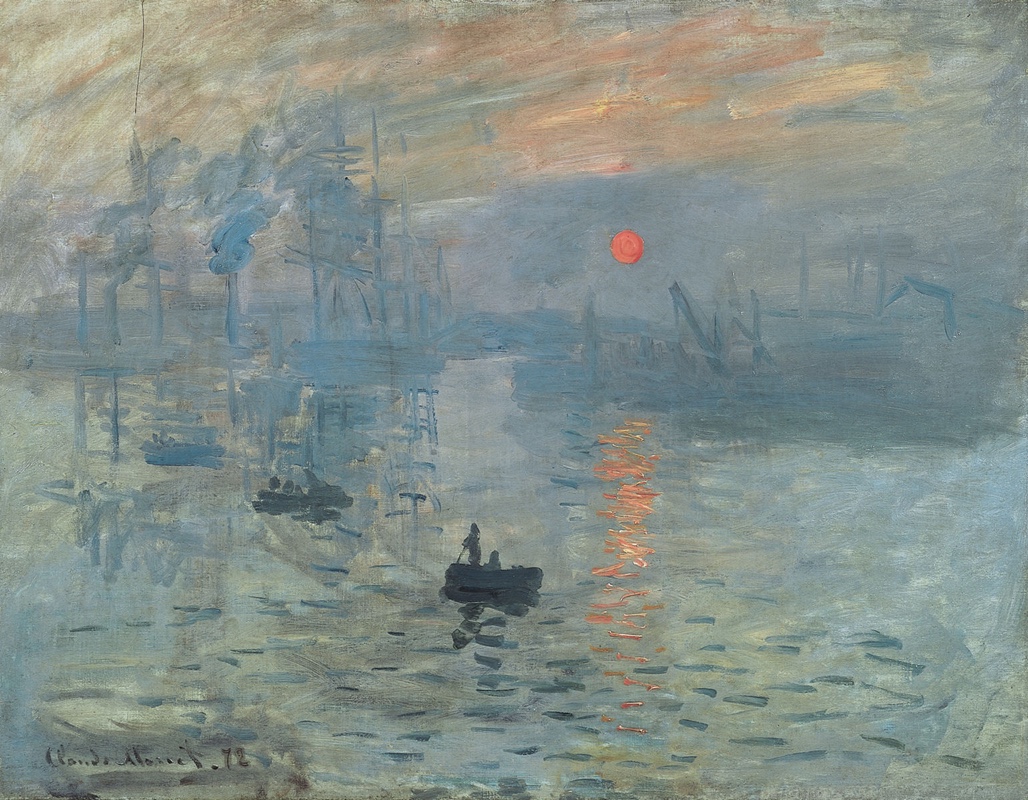Contents
3. Importance of The Bass
In placing notes, octave height doesn’t matter. Doesn’t matter……except for the lowest note, the bass part.
The bass part have a massive effect on how you recognize a chord. Therefore bass playing notes other than Rt is a big event for a song.
It’s not something “prohibited” at all, but you have to understand what it brings to a song.
Playing Root
So for a bassist it is the most basic way to play Rt in a high proportion.
This is an example of bass lines almost staying at Rt. The play is simple but doesn’t sound boring at all in the arrangement. This is normal. If you play bass freely…
The sound gets quite cluttered! Especially when the vocals are singing, moving around like this can be a bit intrusive. Beware that the bass is the “base” of music and its primary job is to play Rt.
Cinspicious Bass Play
On the other hand, in cases where the bass plays a leading role, such as a rock song with the bass playing the main phrase or a EDM song with the synth bass acting as the lead instrument, it’s totally reasonable for the bass to form complex lines.
Walking Bass
On the other hand, in jazz, it is very common for basses to move around intensively, which is called Walking Bass.
It would be because in jazz a bassist is not an “unsung hero” but the one who equally “sings” as the other parts.
4. Slash Chord
What happens if a bass plays a note rather than Rt? Say you choose to play the 3rd of C chord, that is, E as bass. Then its nuance gets a bit similar to the sound of Em chord.
Logically, the sound gets closer to Em just as much as its structure gets closer to Em, slight sense of a shade is added. Just like I draw an analogy with blue/green colors in the image above, imagine that you can choose whether a “primary color” or a “mixed color” in the sonority of chords by selecting a bass note.
 Make it vivid
Make it vivid Or make it vague
Or make it vagueChange on Chord Names
Since it is a notable event for music that the bass play notes other than Rt, there’s a special notation manner for it. You have to declare the bass note with a slash like below:
This is literally called Slash Chords. If a bassist see the chord “C/E”, they will play E primarily and C as the second choice.
Slash chords have the great depth in its utilization. There are still a lot of things to explain preferentially so I’ll put on hold detailed explanations. It’s nice to try slash chords when the colors that the six prime chords bring feel insufficient to your song.
